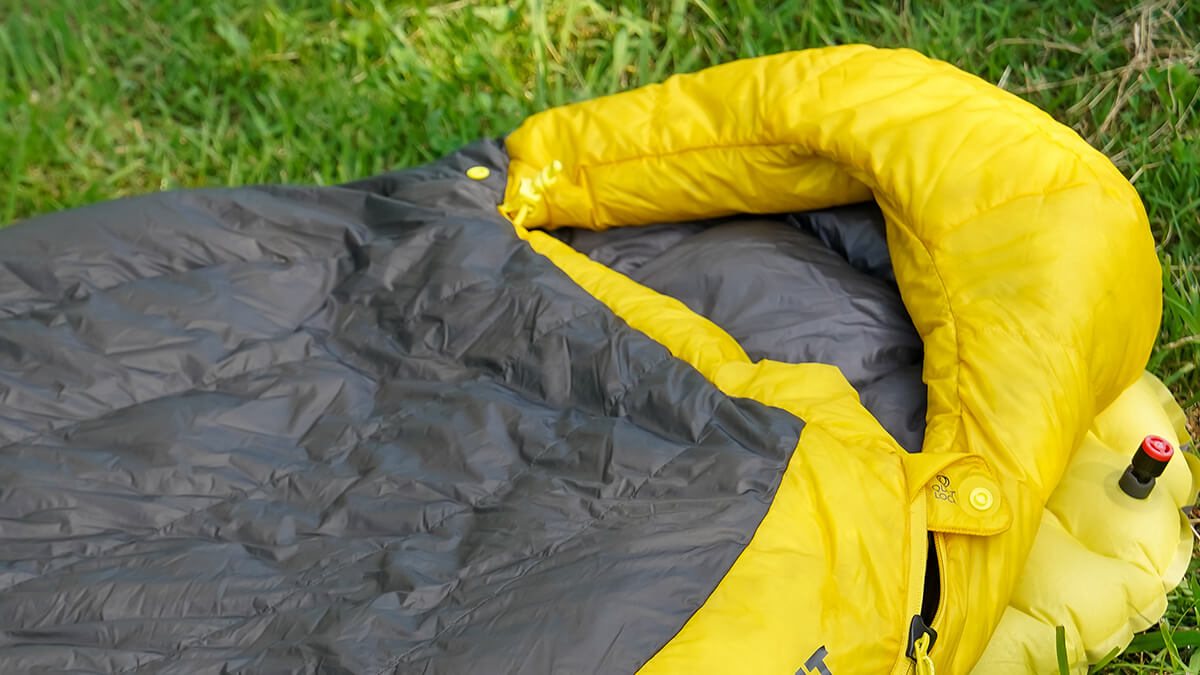
[2025-2026] Never judge a sleeping bag based on brand image alone. The best sleeping bag models for mountaineering and tips for choosing one that won't leave you regretting your purchase
Falling asleep under a starry sky, surrendering yourself to the cozy warmth of your sleeping bag... Although you'll likely be sleeping in a tent most of the time, sleeping while feeling connected to nature is undoubtedly one of the best parts of camping in a tent
A sleeping bag (sleeping bag or sleeping bag) is essential for a comfortable sleep while staying in a tent. Unlike typical camping sleeping bags, hiking sleeping bags are made lightweight and compact, providing maximum comfort and warmth while minimizing the burden of carrying.
Like many other mountain tools, even though they are called sleeping bags in one word, each manufacturer offers a variety of models with different materials, structures, shapes, and weights depending on the purpose, season, location, etc., and are made to fit a variety of needs. It's not easy to choose the sleeping bag that's best for you from a wide range of factors and many variations. If you get caught up in a model that doesn't fit or a poor model, you may end up feeling sleep-deprived or not being able to relieve fatigue, which will ruin your journey. It's a shopping experience that isn't cheap, and it's an important partner that will last for years if you buy it once, so you should definitely choose it carefully.
Here in Japan, the big three brands tend to be overwhelmingly dominant (although of course they are of high quality), but in reality, overseas models are just as impressive and continue to evolve every day. With vibrant new products appearing from these overseas brands, this season was another fruitful one
So, this time, as someone with over 25 years of mountaineering experience, I have looked at all 237 models for the 2025-26 season and independently selected the best models, and in the second half I have summarized the points to pay attention to in order to wisely choose the best model
Although we have only introduced one or two items in each category here, we have made available to members a comparison table that includes other recommended models and all of their specifications and features. Outdoor Gearzine's content is supported by your support. If you are interested, please take this opportunity to consider becoming a member!
All recommended sleeping bags and a comparison table of all 237 models are available with a paid membership
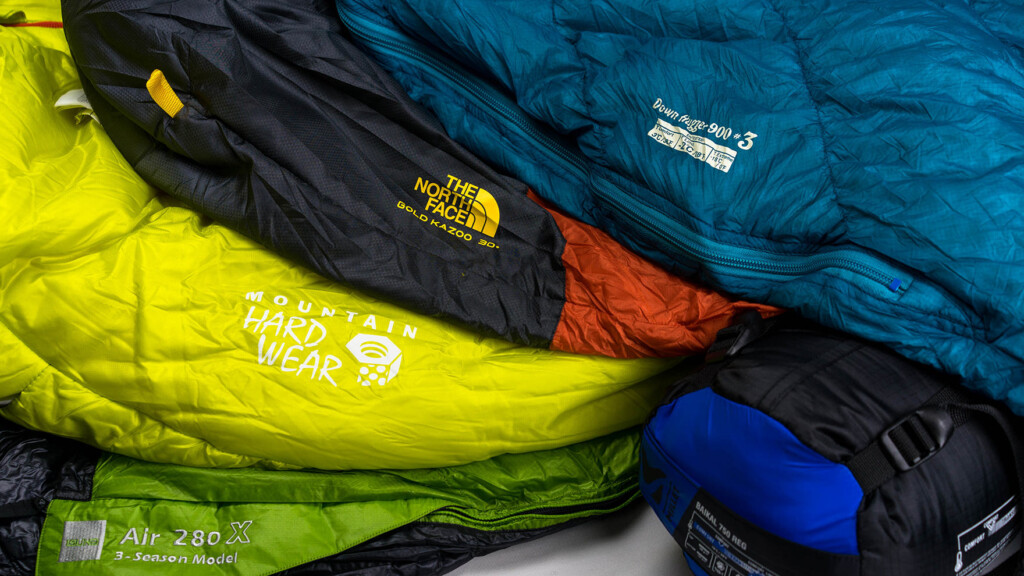
table of contents
- [By Scene/Preference] Best Outdoor Sleeping Bags
- Best Overall Sleeping Bag: Rab Mythic Ultra / NEMO Coda™ Endless Promise® / Mont-Bell Dry Seamless Down Hugger 900
- Best Lightweight Sleeping Bag: Sea To Summit Spark
- Vest/Winter Sleeping Bag: ISUKA Air Plus 630/810 / THE NORTH FACE Inferno-18/-29
- Best affordable and high-quality sleeping bag: ZANE ARTS KUMO
- Best/Quilt/Half-Length Sleeping Bag: Rab Mythic Ultra 120 Modular / ENLIGHTENED EQUIPMENT Revelation / NEMO Pulse™ 20/30 Endless Promise®
- Best Low-Cost, High-Quality Quilted Half-Length Sleeping Bag: LEISURES Roo Sleeping Bag 300
- Vest/Synthetic Sleeping Bag: OMM MountainRaid
- Vest, Synthetic Quilt, Sleeping Bag: STATIC ADRIFT Ti SLEEPING BAG
- How to choose: 6 tips to choose a sleeping bag for mountain climbing and hiking wisely
- Point 1: Choose the appropriate temperature range - Be careful not to get too hot or too cold
- Point 2: Filling material - Should I use down or synthetic fiber? From there, there are countless options
- Point 3: Strength against wetting - Some kind of wetting prevention is essential in Japan
- Point 4: Shape, size, and structure - Based on the mummy type, once you get used to it, you'll save up waste in your own way -
- Point 5: Other elements and parts - Consider how easy it is to use when actually using it -
- Point 6: Bedding used in combination - It's not just a sleeping bag that you need for a good night's sleep
- summary
[By Scene/Preference] Best Outdoor Sleeping Bags
Best Overall Sleeping Bag: Rab Mythic Ultra / NEMO Coda™ Endless Promise® / Mont-Bell Dry Seamless Down Hugger 900
Not only do they offer the high level of warmth per weight required of a good sleeping bag, but models that offer a balanced combination of other elements such as comfort, ease of use, and compact storage make them suitable for a wide range of seasons and activities. Combined with their easy-to-use design, they are a perfect choice for many people, and offer a simple, easy-to-use design that satisfies beginners and veterans alike. It was a tough decision to choose this season's best model, which offers such comprehensive excellence that it can be recommended to anyone, but we have chosen three series: the Rab Mythic Ultra, the NEMO Coda™ Endless Promise®, and the mont-bell Dry Seamless Down Hugger 900
Although each model has its own unique characteristics, we can confidently vouch for the overall well-balanced quality of all our models. Most series have different volume lineups for spring/summer, summer, autumn/winter, and winter, so please choose the range that suits your purpose and preferences
What I like about Rab Mythic Ultra
- The lining fibers are coated with titanium, and the structure (TILT lining) reflects radiant heat into the bag without impairing the breathability of the fabric, achieving better heat retention (i.e. lighter weight) at the same weight
- Made with 900FP RDS-certified European goose down and treated with a water-repellent finish, it is resistant to moisture
What I like about the Dry Seamless Down Hugger 900 series
- Lightweight, high-quality down with excellent insulation
- A unique method of entangling feathers into fibers allows for even placement of feathers without the need for baffles (i.e., weight reduction)
- The outer fabric is made of waterproof and breathable material, making it extremely resistant to getting wet
- Comfortable fit while not obstructing movement
What I like about NEMO Coda™ Endless Promise®
- Made with 800 fill power, high-quality RDS-certified down with water-repellent finish
- Draft tubes are placed in the right places to provide comfortable warmth
- Multi-stage thermogills in the chest area and heat-dissipating zippers in the footbox regulate the temperature inside the sleeping bag, preventing you from getting too hot or too cold
- Affordable price
Best Lightweight Sleeping Bag: Sea To Summit Spark
Basically, this model focuses on being slightly lighter and more compact while maintaining a good overall balance. Of course, the quality of the down (insulation) and comfort are both satisfactory, and while it has the basic shape of a mummy-style sleeping bag, it has been designed to be as lightweight as possible by eliminating unnecessary elements, making it perfect for fast and light mountain climbing and hiking. Personally, my top pick in this category, which I think fits me best, is the Sea To Summit Spark Series, updated last season. The high level of combination of lightness, compactness, and excellent warmth is truly impressive
What I like about the Sea To Summit Spark Series
- 850+FP Ultra Dry Premium Goose Down with a high resilience yet water-repellent finish
- It is incredibly lightweight and compact, with a total weight of approximately 500 grams, despite being able to withstand sub-freezing temperatures.
Vest/Winter Sleeping Bag: ISUKA Air Plus 630/810 / THE NORTH FACE Inferno-18/-29
The winter models in the series introduced in the two categories above are also excellent, but these two models are not included but are particularly attractive when it comes to winter mountain use only
The general quality indicator for down, "FP (fill power)," is actually measured in a way that is unclear, so in that sense it should only be considered a reference value
In this regard, the quality of ISUKA's down is so high that when you actually use it, you can see that it has a high level of quality that cannot be seen from the specs alone, and its heat retention and comfort are undeniable. The "Air Plus Series" uses the highest quality down from ISUKA and is designed to minimize heat loss, making it a great ally for winter mountain climbing
The North Face's "Inferno Series" is an expedition model designed for use in polar regions. It is a high-tech model that achieves high insulation thanks to its high-quality water-repellent PRO down and shell fabric with XReflex processing, which enhances insulation and heat reflection
Favorite points of the ISUKA Air Plus series
- High quality goose down with lightweight and outstanding resilience
- Carefully crafted details to prevent heat loss
What I like about the North Face Inferno-18
- High-quality, water-repellent down, a clever baffle structure that enhances warmth while remaining lightweight, and XReflex processing that enhances insulation and heat reflection for superior insulation performance
- It is designed with a mattress in mind, and is also stylish in practicality, such as compression stuff sacks.
Best affordable and high-quality sleeping bag: ZANE ARTS KUMO
This season, ZANE ARTS has made a big splash by entering the mountain sleeping bag market. We wondered what their first offering would be, and it turned out to be a surprisingly affordable model. The ZANE ARTS KUMO series uses extremely high-quality goose down (850FP) and boasts a box structure suited to low temperatures, a spacious design, easy-to-use zippers, and a down tube for added warmth, all at a surprisingly low price. Another great model is the Mountain Hardwear Bishop Pass, a real bargain
What I like about the ZANE ARTS KUMO series
- High quality goose down with lightweight and outstanding resilience
- Roomy shape
Best/Quilt/Half-Length Sleeping Bag: Rab Mythic Ultra 120 Modular / ENLIGHTENED EQUIPMENT Revelation / NEMO Pulse™ 20/30 Endless Promise®
Once you have become somewhat accustomed to traveling and have started to understand what you don't need, a "quilted" or "half-size hoodless" sleeping bag could be the perfect choice. These models are designed to be even lighter by omitting parts that can be replaced, such as the back and head
In addition to being a lightweight and warm sleeping bag, they can also be used as a blanket or as an extra sleeping bag in winter, and in recent years have become popular with a wide range of people, including those involved in ultralight and fastpacking, as well as bikepacking and solo camping
From what I've observed over the years, this category has seen the most new products and entrants in recent years, making it the hottest category in the current sleeping bag market. Because of this, there are so many dazzling new products based on unique ideas and cutting-edge technology, making it extremely difficult to narrow it down to just one
Among them, we selected three models based on their high quality, individuality, and lack of flaws. Among them, this season's new NEMO "Pulse™ 20/30 Endless Promise®" builds on the best features of previous popular models while also incorporating gold into 1000FP, the highest quality water-repellent down, for the highest warmth-to-weight ratio, making it a highly competitive model. The price is also challenging, but with so many premium features packed into it, it's well worth it. The other two models, the "Rab Mythic Ultra 120 Modular" and the "ENLIGHTENED EQUIPMENT Revelation," have also been reviewed in Outdoor Gearzine, and their high performance remains unmatched
What I like about NEMO Pulse™ 20/30 Endless Promise®
- 1,000FP ExpeDRY Gold Infused Down delivers the highest warmth-to-weight ratio in its category
- Unique baffle structure prevents cold spots, distributes down evenly, and contributes to weight reduction
- Achieves a temperature range of -5°C at just 500 grams, which is unthinkable for a regular sleeping bag
What I like about the Rab Mythic Ultra 120 Modular
- The lining fibers are coated with titanium, which reflects radiant heat back into the bag without impairing the breathability of the fabric (TILT lining), resulting in improved warmth (and reduced weight) even with the same amount of down
- Made with 900FP RDS-certified European goose down and treated with a water-repellent finish, it is resistant to moisture
- By omitting the back and adding a mattress, it weighs just 330 grams and achieves a temperature limit of 0°C (Rab's proprietary standard)
What I like about ENLIGHTENED EQUIPMENT Revelation
- Lightweight, high-quality down with high insulation properties of over 850
- Durable, breathable, lightweight, and excellent down-shedding resistance shell fabric
- Highly customizable, allowing you to choose your preferred specifications, from down quality to down amount, size, color, etc. *However, you must purchase directly from the English website
- It's versatile enough to open the zipper under your feet to make it even a single quilt.
Best Low-Cost, High-Quality Quilted Half-Length Sleeping Bag: LEISURES Roo Sleeping Bag 300
Thanks to the entry of various brands into the quilted half-length category, a wide variety of models are now available, including some that offer excellent value for money. The "LEISURES Roo Sleeping Bag 300" is an original product from the Azumino select shop "LEISURES." It's designed to be sized for Japanese people, with no hood or zipper, making it as lightweight as possible, and featuring a box structure that minimizes cold spots, achieving both lightweight and compactness while still retaining the warmth of down. In addition to this commitment, the extremely competitive pricing is also not to be missed!
What I like about the LEISURES Roo Sleeping Bag 300
- Lightweight and compact design with minimal unnecessary parts, including the hood and zipper
- Lightweight yet highly efficient at retaining heat with reduced heat loss
- Affordable pricing
Vest/Synthetic Sleeping Bag: OMM MountainRaid
When bad weather or getting wet is unavoidable, such as when climbing streams or long-term mountain hikes, synthetic fibers are safer to carry than down, no matter how waterproof they are
Synthetic fiber padding, which used to be heavy and bulky, has recently undergone remarkable technological innovation, making it much lighter and more compact than in the past. Combined with their inherent low prices and ease of care, cutting-edge synthetic fiber sleeping bags are not a bad choice at all. Our top pick for the best synthetic fiber sleeping bags is the OMM MountainRaid
The OMM Mountain Raid's Primaloft Gold with Cross Core Technology insulation is made with aerogel, a future-proof insulating material, and boasts a warmth-to-weight ratio comparable to down. It also retains its warmth even when wet, making it ideal for humid seasons and water activities
What I like about the OMM MountainRaid series
- It uses Primaloft Gold with Cross Core Technology padding, which is breathable, quick-drying, resistant to moisture, and has high insulation properties comparable to down
- Lightweight and compact despite being made of synthetic fiber
Vest, Synthetic Quilt, Sleeping Bag: STATIC ADRIFT Ti SLEEPING BAG
The "synthetic and quilted" style has the potential to be a perfect fit for mountain climbing and river climbing in the hot and humid spring and summer seasons, as it combines the benefits of synthetic fibers with the drawbacks of bulkiness and weight
In fact, the bag I found most useful this season for mountain stream climbing and summer tent-camping was the STATIC ADRIFT Ti SLEEPING BAG, a half-length sleeping bag that is as thin as an inner sheet but incredibly comfortable
This jacket uses Octa®CPCP®, which has been extremely popular in recent years and is used in a variety of active insulations, and its lightness and warmth have been proven. It is also coated with an ultra-thin titanium sputtering coating that reflects body heat for excellent heat retention, making it lightweight yet warm enough for the summer
Generally, most models in this category are perfect for summer, but if you look hard enough, you can also find good three-season models. For example, the LITEWAY SLEEPER QUILT APEX 10D uses the recently popular Climashield® APEX insulation, making it suitable for sub-zero temperatures
What I like about the STATIC ADRIFT Ti SLEEPING BAG
- Lightweight, compact and comfortable to the touch
- Lightweight yet highly thermally efficient thanks to Octa®CPCP® and titanium sputtering for lightness and warmth
- Machine washable and easy
In addition to the above, all recommended sleeping bags and a comparison table of all 237 models are available with a paid membership
How to choose: 6 tips to choose a sleeping bag for mountain climbing and hiking wisely
Point 1: Choose the appropriate temperature range - Be careful not to get too hot or too cold
When choosing the best sleeping bag, the important thing to do is to choose corresponding temperature range The compatible temperature range is a guideline for how much temperature you can use comfortably when sleeping in that sleeping bag, and can be said to represent the heat retention performance of the sleeping bag.
Sleeping bags have long been classified into three major categories, including the following:
- Summer (1 season): A sleeping bag intended for use in low mountains in the middle of summer or in flatlands from early summer to early autumn (approximately 5°C or higher) .
- Spring to Autumn (3 seasons) - A sleeping bag suitable for low mountains in spring and autumn and high mountains of 3,000m or higher in summer (approximately -8 to 5°C) .
- Winter (4 seasons): A sleeping bag suitable for winter mountains or high altitudes with remaining snow (approximately -8°C or below)
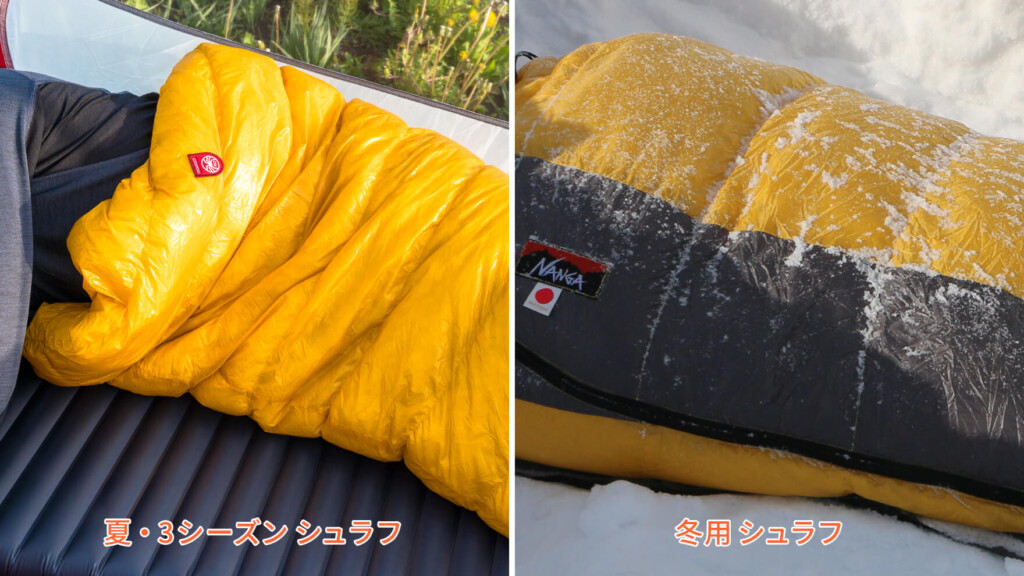
Basically, three types of sleeping bags used for general mountain climbing are sufficient, as mentioned above, but there is no need to stock them all from the beginning, and the first thing you should have to get is for three seasons. It's a little too hot in the low mountains in the middle of summer, but it's still not unusable, so the reason is that it covers the longest period of time. After that, adding summer and winter use depending on your frequency of use and budget is a way to lessen waste and mistakes. Some people are keen to use the winter seasons and summer double-layered ones. The bottom line is that from here onwards there are various ways to make it easier for each method.
In recent years, even among the same three seasons, the warmth varies depending on the brand and model, and even more detailed checks are required to choose the best sleeping bag. For this reason, the corresponding temperature range display is always presented for each model. In the past, each manufacturer would propose it based on different standards, but in recent years, international standards have become more and more popular. That's the European gnome I'll explain now.
Use the European Gnome (EN) 13537, a useful indicator for determining insulation
Many modern sleeping bags have reference adaptive temperature ranges based on a standard called European Gnome (EN) 13537. EN13537 began to be used in the EU in the 2000s, but it has now spread around the world as the most reliable indicator (although there are currently some manufacturers who have not yet decided to adopt this standard due to doubts about testing costs and doubts about its credibility). This standard displays the following three indicators as a set:
- T-Comfort is a temperature range that allows ordinary women to sleep without feeling cold.
- The T-Limit (lower limit) is the temperature range that a typical man can curl up and sleep for 8 hours.
- T-Extreme is a temperature range that is said to be round enough for a typical woman to hold her knees, allowing her to withstand for six hours. In some cases, it is extremely dangerous as it may lead to hypothermia.
[Be careful] EN13537 Be careful about how to read the specs (do not trust the numbers as they are)
If you know this, you'll probably need to check the rough temperature of the location you're going to in the future using weather forecasts and choose a model that fits within the temperature range indicated by EN. However, when you actually buy and try out different models, you will realize that things are not that easy. In short, almost every model I tried doesn't feel as warm as the EN display .
The main reason for this is the testing method. EN13537 is merely the result of measurements taken in a specific body type (male: 25 years old, 173cm, 73kg, female: 25 years old, 160cm, 60kg) wearing long-sleeved underwear and socks in a laboratory-made environment. Various factors of variation are not taken into consideration, such as the user's nationality, body shape, constitution, condition for the day, clothing worn, mats laid out, and compression rate of padding. To compare it to a somewhat rough idea, it's like the "catalog fuel economy" in a car, and it's not necessarily true that you can actually drive with that fuel economy, and it's just a comparison indicator.
In other words, unfortunately, these numbers are not ones that anyone can take at face value, but even so, in the sense that they are calculated using a unified measurement method, we should consider them better than the previous standard for different manufacturers. At least it is possible to compare the heat retention power under the same conditions, so the smart choice at the moment is to make good use of this.
So how do you actually decide?
What should I do to avoid being misled by the displayed temperature range? At this point, and perhaps in the future, the correct way to do this is always to "select warmth that's more generous than what you see unless you are certain
It is best to assume that some degree of error occurs depending on individual differences and the environment, and if you are not familiar with the brand or skilled person, it is safe to assume that the temperature is 5 to 10°C from the EN notation (for women, "comfortable" for men, "lower limit") Specifically, you might choose a warm model, or bring more winter clothing with you assuming it's cold. Even so, I think that one thing may be different from your plan, but even though you may fail to be too heavy or too hot at the time, the serious risk of hypothermia should be avoided. Thinking that you can use that lesson to make your next choice will make you more positive.
Depending on the manufacturer, it may be possible that the temperature range may not be displayed using EN yet, but the basics are the same at that time. Unless you are certain, it is best to choose a warmth that is generous.
Point 2: Filling material - Should I use down or synthetic fiber? From there, there are countless options
Once you have narrowed down the candidates by the corresponding temperature range, next, consider the type of padding. The heat retention power of a sleeping bag is created when a layer of inmovable air (=dead air) created by the swelling of the padding is warmed by body temperature, and becomes an insulating layer that blocks out the outside air and envelops the entire body. In other words, the heat retention depends on how much dead air you can store. By the way, the degree of expansion of the space where dead air is stored is called the loft (bulkiness), and the padding plays an extremely important role in ensuring the loft as much as possible.
The materials used for filling are natural down and chemical fibers, but down is currently the one with the highest heat retention per weight . If you choose a lightweight, compact, warm, down sleeping bag, it's almost certainly true for normal climbing. However, it's not that there are no weaknesses. Below is a comparison table of advantages and disadvantages.
| material | down | Synthetic fiber | hybrid |
|---|---|---|---|
| merit |
|
|
|
| Disadvantages |
|
|
|
| Suitable situations and usage |
|
|
|
The down is high performance, but it is expensive and is vulnerable to wetting . For this reason, synthetic fibers may be more suitable than down for people who value price over lightness or size, or for people who have a lot of activities where their backpack is likely to get wet, such as climbing a stream. Fortunately, the recent advances in synthetic fiber padding have been remarkable, and it is certain that we are not able to say that synthetic fibers are heavy or not comfortable. We highly recommend that you try comparing the actual product at the store.
On the other hand, the down type is also evolving every day. Many "water-repellent down" has been observed, which has been subjected to a strong water-repellent treatment to overcome its weakness, which is to some extent. However, there are still many limits to water-repellent down to getting wet, so in Japan where there are lots of rain and humidity, it is best to consider some kind of flood prevention measure to be essential.
Choosing high-quality down makes it lighter and warmer (information, region of origin, FP, ratio)
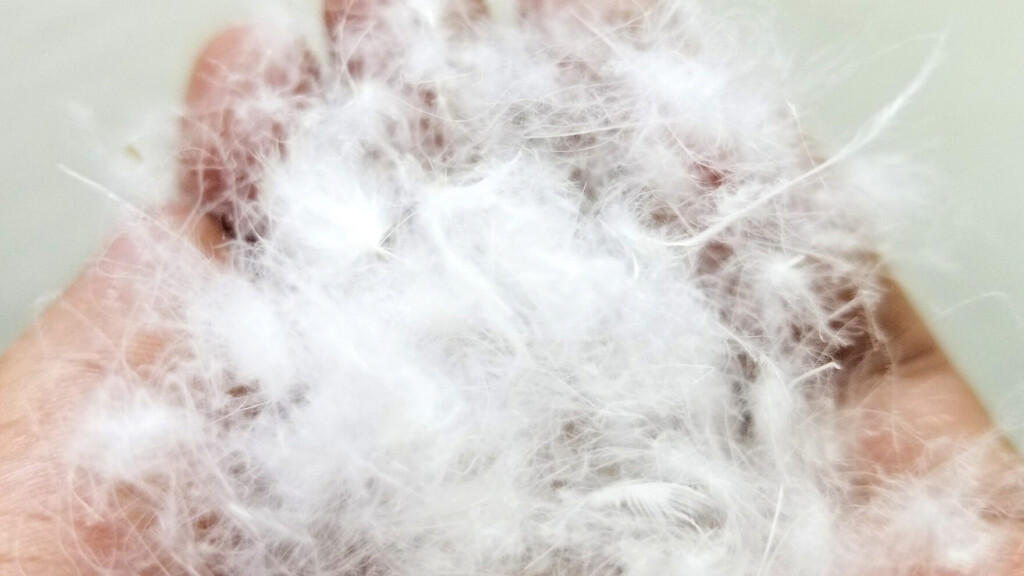
As for the quality of down, it is not a down comforter from mail order programs that you often see on TV and radio, but it is a world where a surprising variety of factors actually affect the quality. Here we will not introduce each of these in detail, but will explain the points you should know about when choosing a good quality down sleeping bag instead.
Types of down and origin
Down from European goose is often the highest quality, with a larger loft, excellent bulkiness, high heat retention, and less odor. On the other hand, it is said that waterfowl raised in other regions and down harvested from ducks rather than goose is often moderate to low grade (though not all). When it comes to the finest goose down, the number of days it takes to raise is also a major factor, and it is said that the finest down can be obtained from goose 21 weeks after it is carefully raised.
Down FP (fill power) and ratio
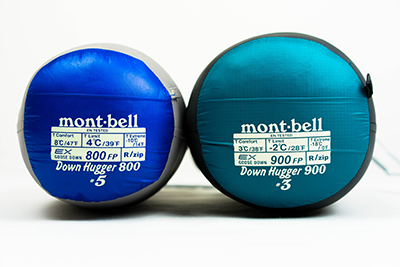 FP is an indicator that represents the loft's resilience when down, and a high FP means that the individual feathers (down balls) are larger and have excellent bulkiness, meaning that they provide high heat retention, and if can make a lighter and more compact sleeping bag In relation to the species of waterfowl mentioned above, it is said that while ducks can only collect downs of 750 to 800 FP, at the highest level, gooses with a larger body can collect downs of 900 FP or higher.
FP is an indicator that represents the loft's resilience when down, and a high FP means that the individual feathers (down balls) are larger and have excellent bulkiness, meaning that they provide high heat retention, and if can make a lighter and more compact sleeping bag In relation to the species of waterfowl mentioned above, it is said that while ducks can only collect downs of 750 to 800 FP, at the highest level, gooses with a larger body can collect downs of 900 FP or higher.
Generally, a quality of 650 or more is high, but the higher the price, the higher the price, so when choosing a down, you need to overcome the ruthless choice of whether to take the price or keep warm and portable.
Also, even if you say down, it is actually a mixture of some feathers to earn a loft, and the percentage is displayed as 90/10 (90% down, 10% feathers). Feathers are not a material that improves heat retention, so of course, it is safe to assume that the higher the proportion of down, the higher the heat retention, the softer the touch, and the higher the quality.
Animal Welfare and Down
As the process of reconsidering product development that reduces the impact on the environment from various perspectives, downs have also been forced to seriously reflect on the manufacturing process. Collecting down from waterfowl is actually nothing more than plucking away the feathers that grow on the skin of waterfowl, and in other words it is the very act of cruelty to animals. In the past, when efficiency was the highest priority, waterfowls were forced to be fed more (forced feeding) to help them grow faster, and then they were forced to pluck by machines multiple times during their lifetime, from around the age of 12th week to the adult.
As the concept of "Animal Welfare," which aims to create a breeding environment that is less stressful and painful for livestock, has become increasingly popular among some sleeping bag manufacturers to reconsider these inhumane breeding and harvesting methods, and almost all down products distributed in Western markets have begun to adopt standards that are in line with this idea.
Therefore, the points that we, as consumers, should be concerned about in the future, are,
- Not forcing the "forced feeding" to continue feeding in small cages
- Not doing "live plucking" feathers from living waterfowl
The two points are whether the down padding is used obtained from a feather company that is protected.
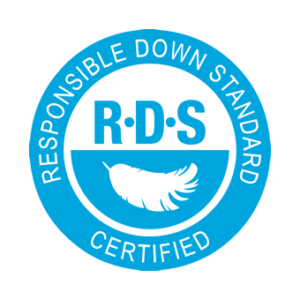 However, it is not only a hassle for consumers to check whether this is being followed, but it can also lead to confusion if each manufacturer sets its own standards. Therefore, the manufacturers responded by auditing the entire manufacturing process and formulating a global third-party organization that gave easy-to-understand approval. This certification is " RDS (Responsible Down Standard) " and down products from overseas manufacturers, including not only sleeping bags but also jackets, may have tags attached.
However, it is not only a hassle for consumers to check whether this is being followed, but it can also lead to confusion if each manufacturer sets its own standards. Therefore, the manufacturers responded by auditing the entire manufacturing process and formulating a global third-party organization that gave easy-to-understand approval. This certification is " RDS (Responsible Down Standard) " and down products from overseas manufacturers, including not only sleeping bags but also jackets, may have tags attached.
Point 3: Strength against wetting - Some kind of wetting prevention is essential in Japan
While sleeping bags are undoubtedly the most important tool for a comfortable sleep in a tent, the most important thing to avoid is the loss of heat retention. In other words, you must prepare measures to prevent your sleeping bag from getting wet when hiking in a mountain hike in a tent.
I mentioned earlier that down has the weakness of being unable to provide insulation when it gets wet. For this reason, in the past, when you were worried about it getting wet, you had to cover the down sleeping bag with a waterproof, breathable sleeping bag made of fabric, or choose a synthetic cotton sleeping bag that would not lose its heat retention even if it got wet. Of course, these are still effective and reliable countermeasures to prevent wetting of sleeping bags, but this was not able to take advantage of the lightness of the down bag, which was a very troublesome situation. This situation has been gradually changing recently.
Countermeasures against wetting down: Part 1: A sleeping bag made of high waterproof and breathable outer material
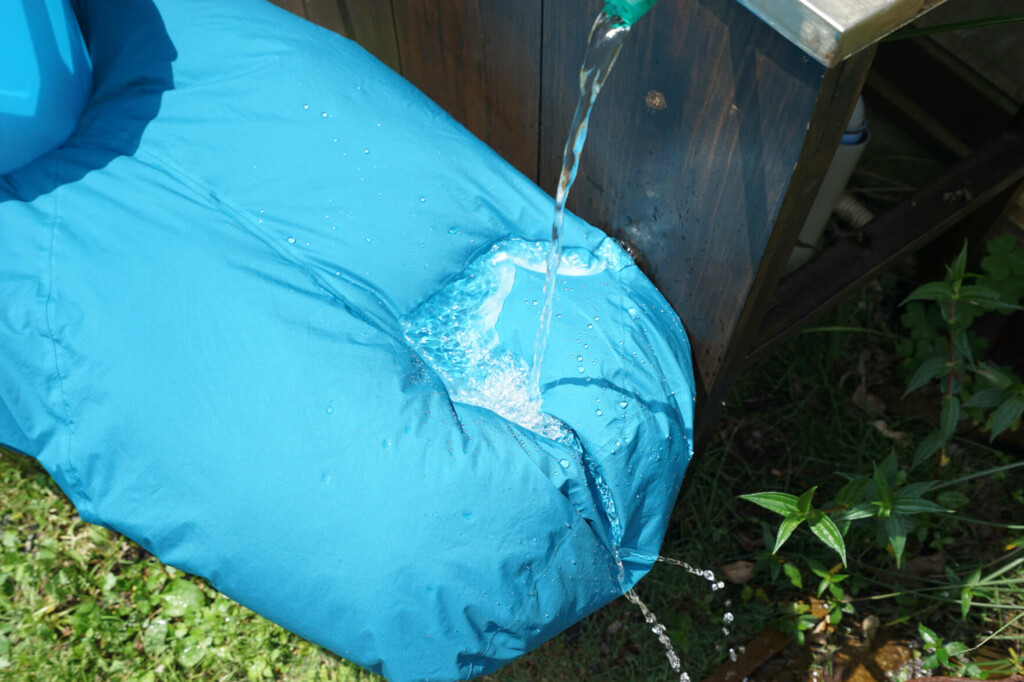
If you use a sleeping bag made of waterproof and breathable material, you won't be worried about moisture, as well as water droplets or submersion.
The surface fabric of a sleeping bag for mountain climbing is based on the premise that it is a durable fabric that is thin and lightweight yet determines the quality of the bag. Furthermore, the highlights include the fact that it has a "down-proofing" process that crushes the gap between the thread to prevent the down from coming out, and whether it has a "DWR (durable water-repellent) coating that makes it easy to repel water. However, this alone does not mean that wetting is sufficient.
A sleeping bag that is adequately prevented from getting wet is a model that uses waterproof and breathable material on the surface, or that in addition to the waterproof and breathable material, seam tape treatment is applied to the seams to completely shut out the flooding. If this is the case, you will not need a sleeping bag cover to prevent it from getting wet, and you will be able to enjoy the lightness and comfort of the down.
Countermeasures against wetting down Part 2: A sleeping bag made of "water-repellent down" with a water-repellent finish
As I mentioned earlier, what has been remarkable in recent years has been "water-repellent down" which has been processed to further enhance the water-repellent ability of down. the Nikwax Hydrophobic Down featured in the video above , down padding itself is being developed one after another, making it difficult to lose its resilience even when wet. From what I watched, it seems that the loft will be maintained to a certain extent as long as it is not in a severe situation where the down is flooded, and so far it is highly practical as long as it is not in such a severe situation.
However, even so, compared to high-quality pure downs, these water-repellent downs will inevitably reduce their resilience (heat retention) and reduce product lifespan due to processing. I have experienced the reality that even rainwear, DWR processing gradually decreases due to washing, etc., and if you use water-repellent down again and again, the water-repellent properties will almost certainly decrease. In that sense, I am still skeptical whether a water-repellent down sleeping bag will be a good product from a long-term perspective. It is certainly becoming more practical, but I cannot say that I should just let go and choose this one, and I think I need to take a close look.
Point 4: Shape, size, and structure - Based on the mummy type, once you get used to it, you'll save up waste in your own way -
The basic is "mummy type." Also pay attention to new shapes that are convenient for specific uses
If you consider broadly from auto camping and sleeping in the car, there are also "envelope-shaped (rectangle-shaped)" sleeping bags that look like regular futons, but for mountain climbing only, the general shape of sleeping bags is almost certainly a mummy-shaped shape. is designed to reduce weight as much as possible while covering everything except the face,

Various three-season sleeping bag shapes (from left): Mummy type, no hood, transformed mummy type, half quilt type, quilt type, wearable type, 2-person mummy type
For beginners who are purchasing a sleeping bag for the first time, we recommend this mummy type because it is safe and functional. However, it is not overlooked that the recent diversification of activities and needs have led to a variety of shapes derived from traditional mummy shapes.
These models further promote the efficiency of traditional mummy styles, reducing waste and specializing in detailed needs.
For example, the "quilted type (4th and 5th from left from the top photo)" that is used in combination with a mattress from the beginning and cuts the back side out of the box, not only does it lighter, but it also provides a flexible sleeping position (but when the body is most sealed), and temperature adjustment, making it a very suitable shape when ultralight or fast packing during relatively warmer months.
In addition, the "half length type (second from left from the left of the top photo)" that is intended to sleep while wearing the cold protection jacket you carry, has been reduced by eliminating the shoulders, chest, or the entire upper body. These can be used as inner sleeping bags in winter mountains and can be convenient for adding heat retention, so you may be able to eliminate waste as the entire equipment you have.
size
If you are trying to improve the heat retention effect, it is best not to have any extra space between your sleeping bag and your body, but if it fits too closely, it will be cramped and difficult to sleep on. The best thing is that you can order a bag that fits perfectly with your body lines and is the perfect balance between warmth and ease of movement, but of course there is no such dream service yet, so the only thing you can choose now is to choose a size that fits you from the variations in height and shape, such as regular, long, and short sizes that many manufacturers have in mind (I highly recommend this model, especially for women, as it is designed to suit women as well as height).
One solution to prevent dead space is to use models that stretch the fabric. For example, Montbell's spiral stretch system and Deuter's Inside Thermo Stretch Comfort System are famous, but when you try it, you can see at a glance that the padding adheres to your body, so you can feel the warmth from the moment you enter it, and the feeling of heat retention is definitely several levels higher, and it is also less likely to interfere with movement, making it convenient to wear cross-legged while wearing your sleeping bag.
structure
No matter how high quality and bulk filling is used to handle low temperatures, this alone does not necessarily mean that stable heat retention will be ensured. If the padding sealed inside the fabric moves inside and creates an unevenness, the area where the padding is poor will no longer be able to produce dead air (cold spots), and the overall heat retention will be significantly reduced.
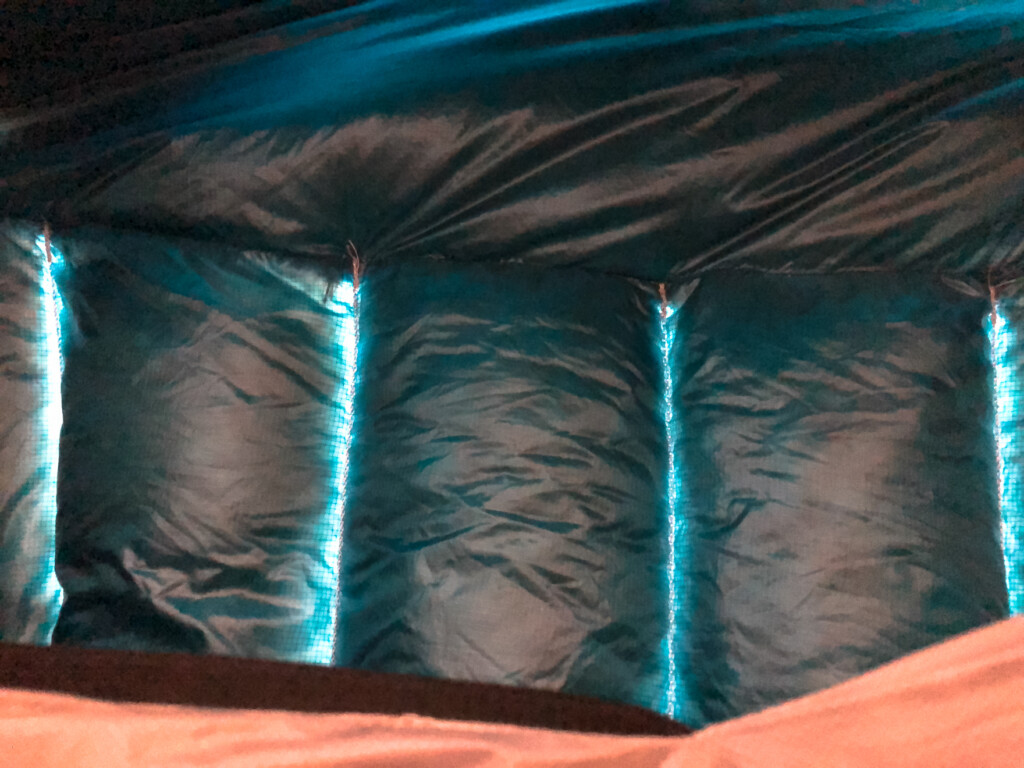
Checking the cold spot through the light
To prevent this, we have continued to devise ways to enclose the padding of the sleeping bag. Here we will introduce the main padding structures of sleeping bags, so it is a good idea to check whether the candidate models have a structure that suits your purpose.
Point 5: Other elements and parts - Consider how easy it is to use when actually using it -
Finally, I would like to list some detailed checkpoints that were not fully covered by the explanation so far.
Storageability
Sleeping bags are made from synthetic fibers rather than down, but in winter rather than summer, depending on the quality and quantity of the filling, it can be quite voluminous, so it's definitely better to be as light and compact as possible. The only thing to note is that the storage size listed in the catalog is only "the size when it comes into the included stuff sack."
As shown in the photo below, there are models that can be larger when purchased, but can be further compressed by using a separate compression stuff sack . Also, depending on the manufacturer, the standard staff bag itself may have compression functions, so it is a good idea to check when purchasing.
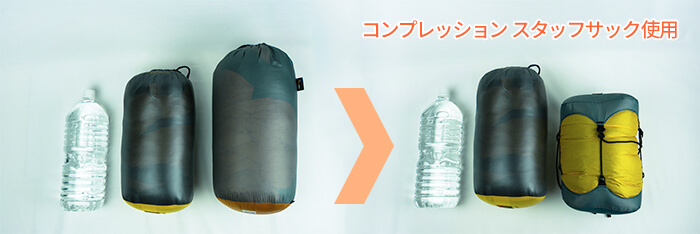
Food making
It is said that the area from the neck to the head is dissipated with a lot of heat, making it surprisingly important for ensuring heat retention. Some models are cut because they are not particularly important for summer or ultra light models. For models that have been in the 3 or more seasons, whether the hood covering the head is designed to fit naturally, and the drawcord at the face outlet is easy to tighten and does not get in the way and does not feel oppressive . In addition, models that are designed to be used at lower temperatures include a tubing filled with padded around the shoulders to prevent cold air from entering, which provides more comfort with less weight.
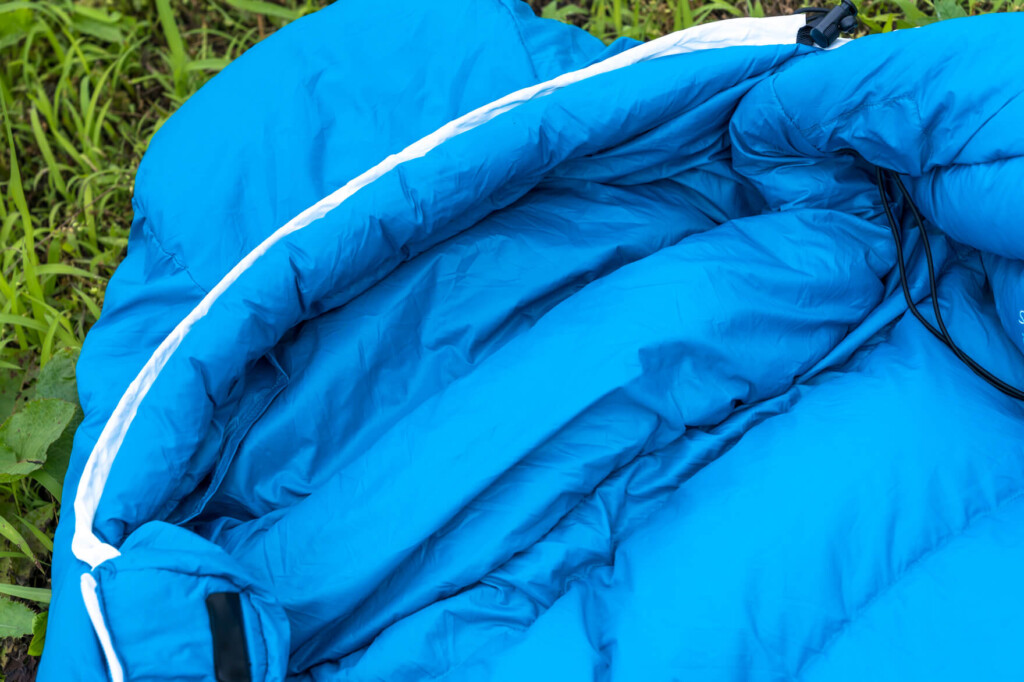
The hood is more three-dimensional, and models with tubular padding around the hood and neck to suit the temperature range are more comfortable.
zipper
Zippers play two major roles in sleeping bags. One is to make it easier to enter and exit the sleeping bag, and the other is to control breathability and adjust the temperature by opening and closing. Opening it as wide as possible will make it easier to use. However, from the perspective of wanting to make it as light as possible, it's better to have no parts. For this reason, models that emphasize weight reduction are only available in lengths of about 1/2 to 1/3 of the total length, or none at all, so it's a good idea to choose one according to your preference.
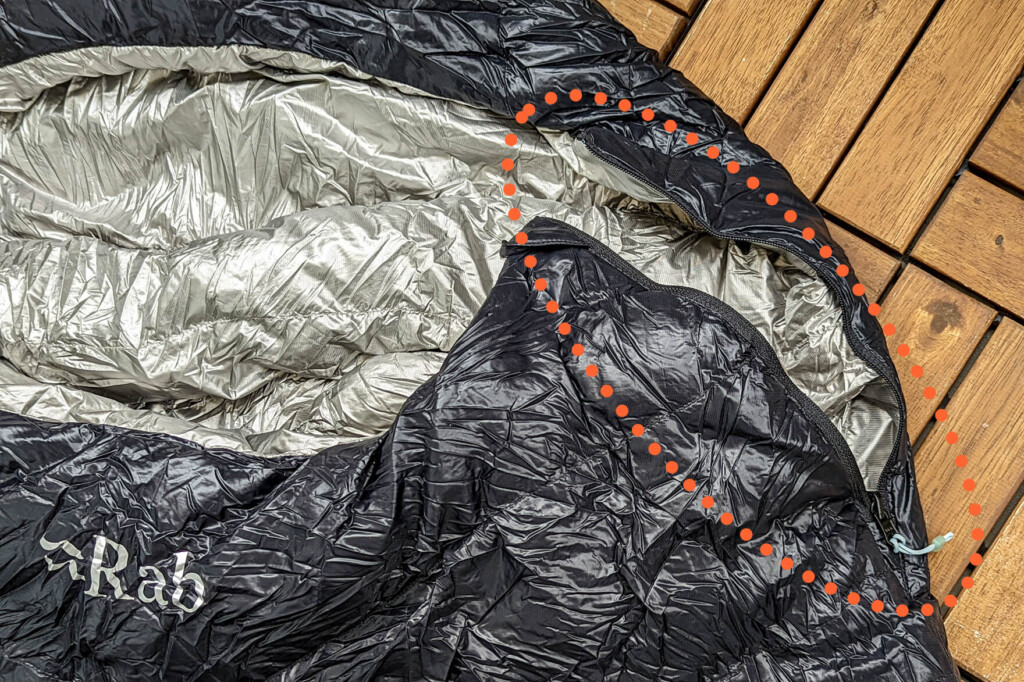
The short zipper (dotted line) greatly contributes to reducing the weight, but we must also accept the inconveniences such as difficulty in entering and leaving and temperature control.
Other models have been designed to be used at lower temperatures, with a "draft tube" filled with padding on the inner line of the zipper (photo below), and are designed to prevent cold air from entering through the zipper.
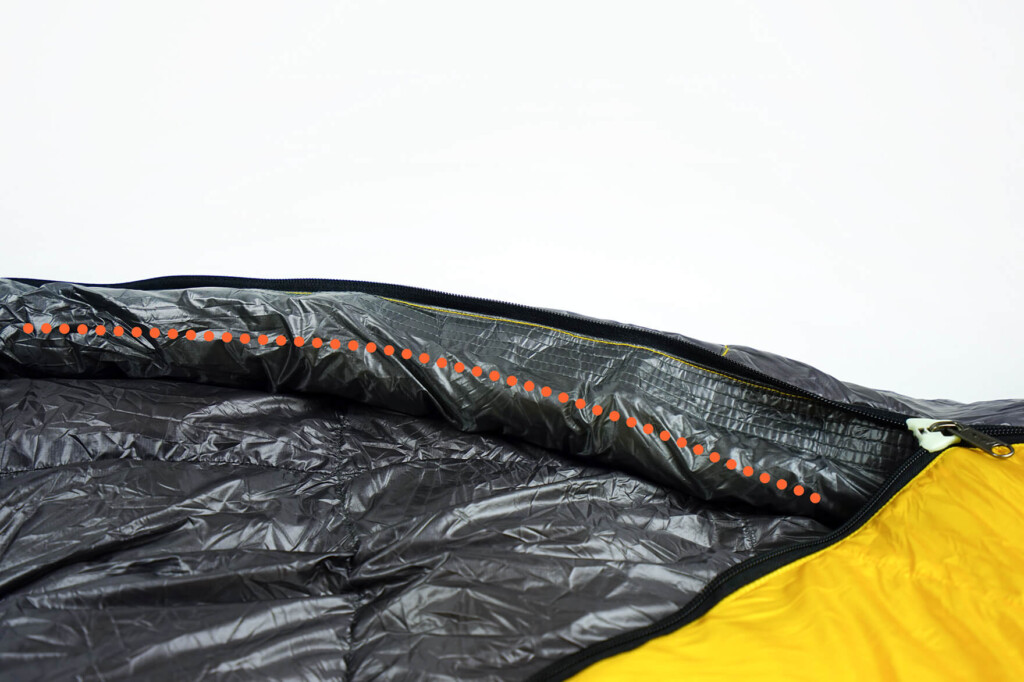
Furthermore, if the zipper can be operated from the inside of the sleeping bag or double zipper that can be opened from both sides of the top and bottom, it would be even more convenient, and in hot weather, you can sleep with your feet exposed, making it easier to adjust the temperature, making it even easier to use.
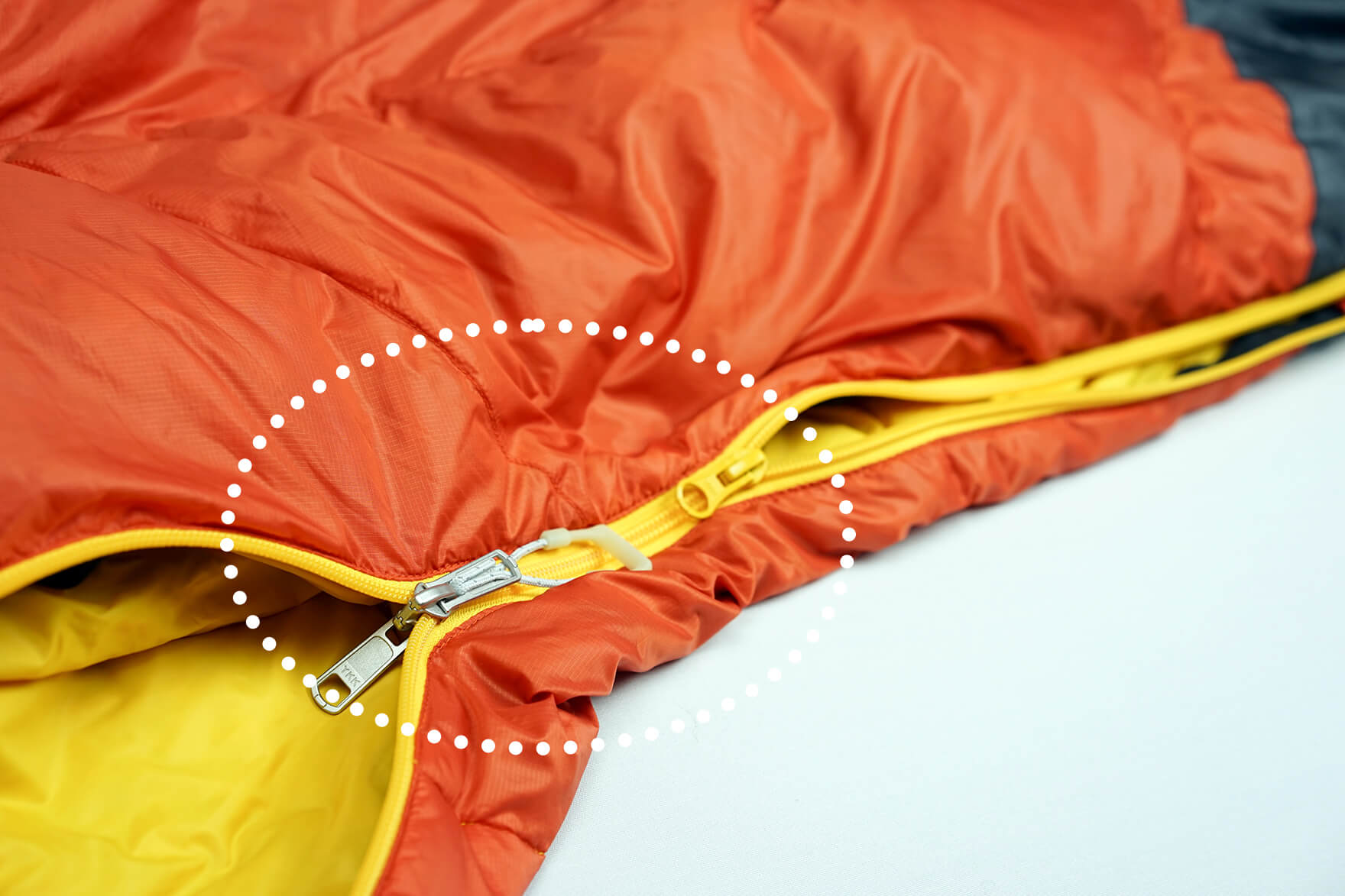
There are also models with a bite prevention mechanism to prevent thin fabric from being bitten by raising and lowering the zipper. The zippers of sleeping bags that have not been treated are inevitable as lies to chew.
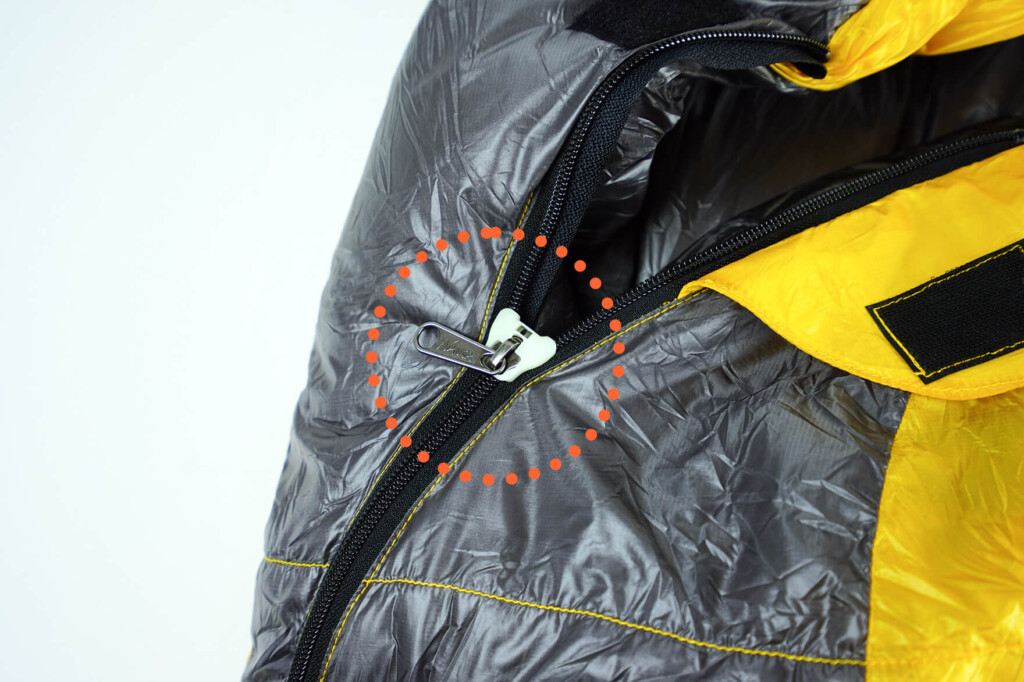
Construction of the foot box
cold-sensitive foot box is loosely sewn in a three-dimensional way, and the bulk of the padding is enclosed in this area , making the pressure applied to the feet even more uniform and the heat retention is improved. As a result, it allows for a more comfortable sleep.
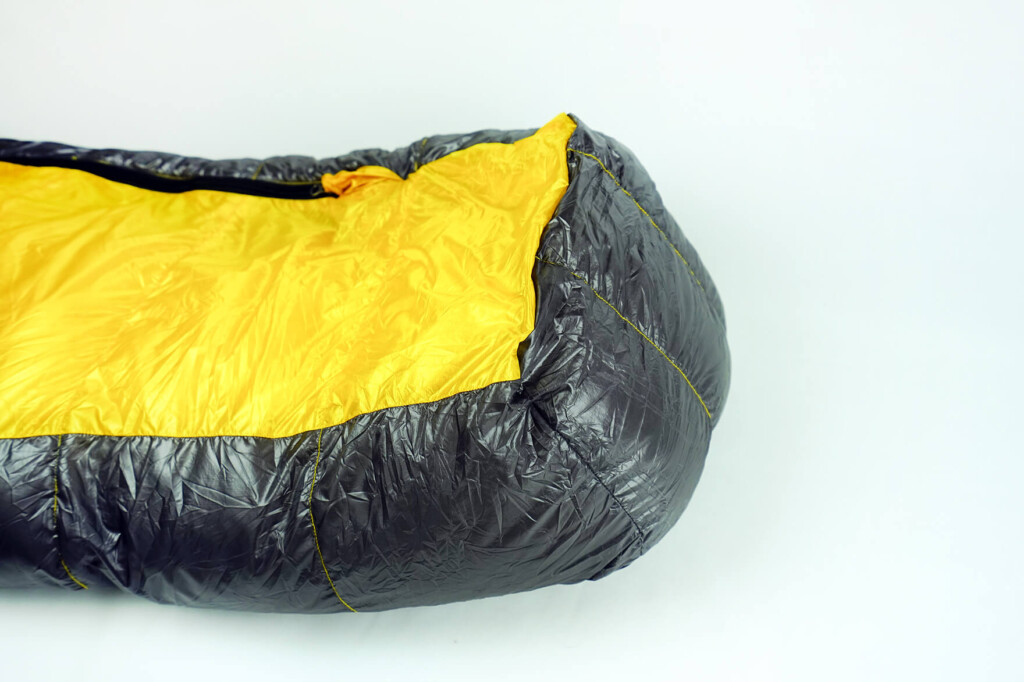
A large number of feathers are enclosed at the feet, which makes it easy to feel cold. In addition, the three-dimensional structure that matches the shape of your feet keeps the entire foot warm evenly without waste.
Point 6: Bedding used in combination - It's not just a sleeping bag that you need for a good night's sleep
Sleeping bags cannot be used alone, but there are many excellent tools available to use as a set to prevent wetting and maximize comfort and heat retention. There are some essential gear, so don't forget to prepare them.
Sleeping bag cover
As mentioned before, the weakness of down is the decrease in heat retention when wet, but despite this, unlike in everyday life, there is a surprising amount of risk of getting wet in outdoor activities. When a sudden heavy rain hit, the risk of flooding came when they accidentally didn't waterproof in their backpack, the water spilled inside the tent, and the condensed water continued to drip from above, and the danger of flooding came when they forgot. Unless there is a low risk in high temperatures, such as low mountains, some kind of waterproofing measure should be considered essential in Japan where there is a lot of rain . The first thing to do is prepare a separate sleeping bag cover (sleeping rack cover) made of waterproof and breathable material. Incidentally, this cover also helps to improve heat retention slightly and also helps to increase heat retention slightly.
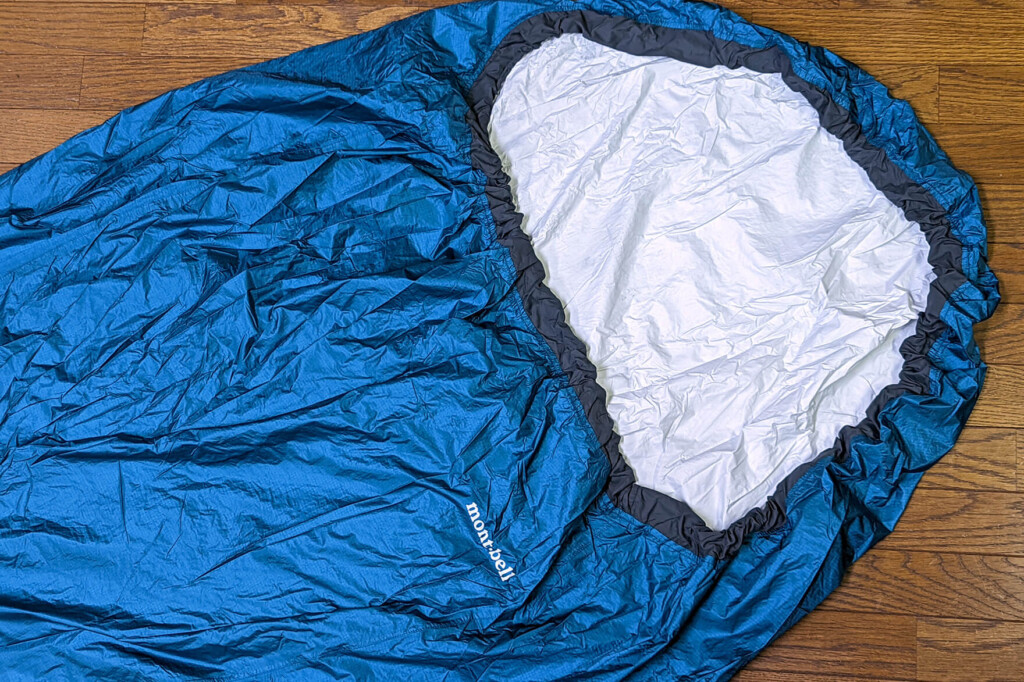
Liner sheets
Liners (inner sheets) placed inside the sleeping bag are mainly for improving heat retention, but they are not worth buying a new sleeping bag, but they can be useful when you feel that the heat retention is a little lacking with the equipment you have. In addition, due to the COVID-19 pandemic, more and more mountain huts are required to have liner sleeping bags even when staying in mountain huts, and it is true that the use of the facility is increasing for the purposes of improving hygiene and comfort.
Anyway, the liner sheets are convenient and compact, and are not that expensive and easy to use, so it's not worth having one. The material should be made from synthetic fibers or silk rather than cotton. Personally, I've been using it for a long time, but I've actually used it as an inner layer, not as an inner layer, but as a substitute for a summer sleeping bag. From your student days until your first few years of working, it is not impossible to manage for a year by combining this with three seasons, or a sleeping bag cover.
Pillow
If you have the time, you might want to consider using an inflatable pillow that is convenient for outdoor activities to help you get even better sleep. Recently, pillows can be compressed quite compactly, so it is certainly no longer that they put much strain on your luggage.
However, personally, I don't think the inflatable pillow is that comfortable, and I think it depends largely on the person whether it's something you'd be able to bring with you with all the trouble. Even if you don't bring it with you, you can also make an instant pillow by putting clothes and towels in your staff bag, so if you're not too particular about it, you don't have to worry about it that much.
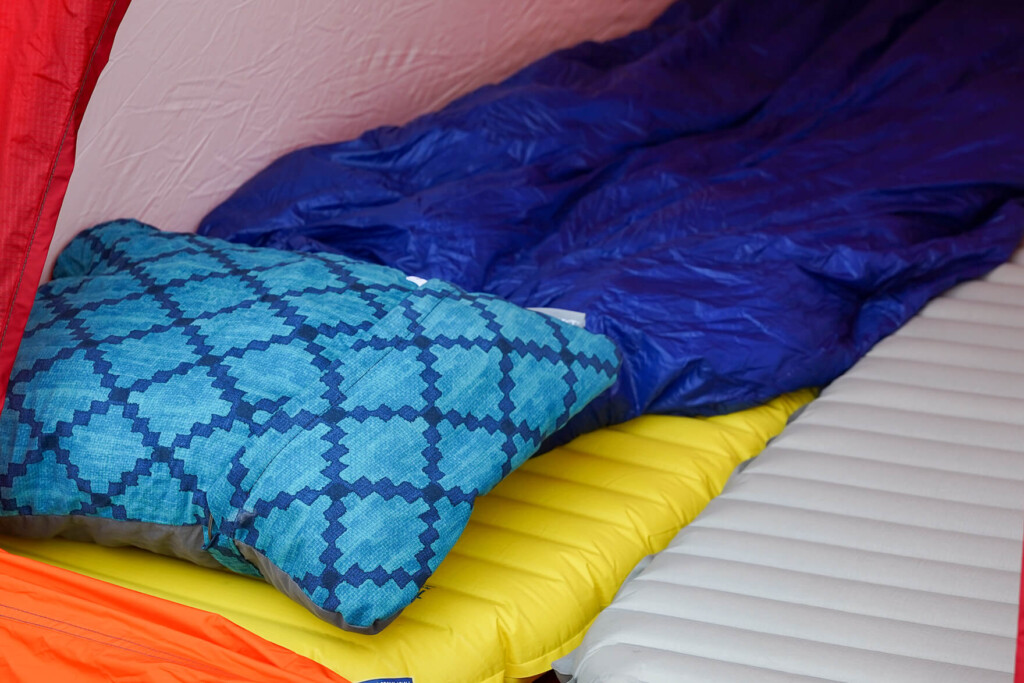
My personal favorite outdoor pillow is THERM-A-REST's compressible pillow filled with pieces of mattress foam. However, it is not compact enough to carry it to the mountains.
Sleeping pads
No matter how fluffy it is, it can be tolerant to your weight, and the part that comes into contact with the ground is not only stiff and uncomfortable, but also allows a lot of heat to escape, greatly impairing the heat retention of the sleeping bag, so it is essential to lay a mat under the sleeping bag . Sleeping pads come in a variety of models depending on the purpose and style, and many tips are needed to choose the model that suits you best.
Related Articles
summary
It is light and small, and has enough warmth for anytime, and is also resistant to wet and moisture, and is resistant to tearing. It's not a pain to have a sleeping bag like this dream, but in reality, the best sleeping bags for each person vary depending on the season and purpose, as well as the individual's constitution, preferences, such as heat and cold, and other equipment they combine. This is also the difficulty of choosing a sleeping bag (not just mountain tools in general). The best models listed here are all excellent sleeping bags that I can confidently recommend, but I hope this will help you share the fun of finding your best.





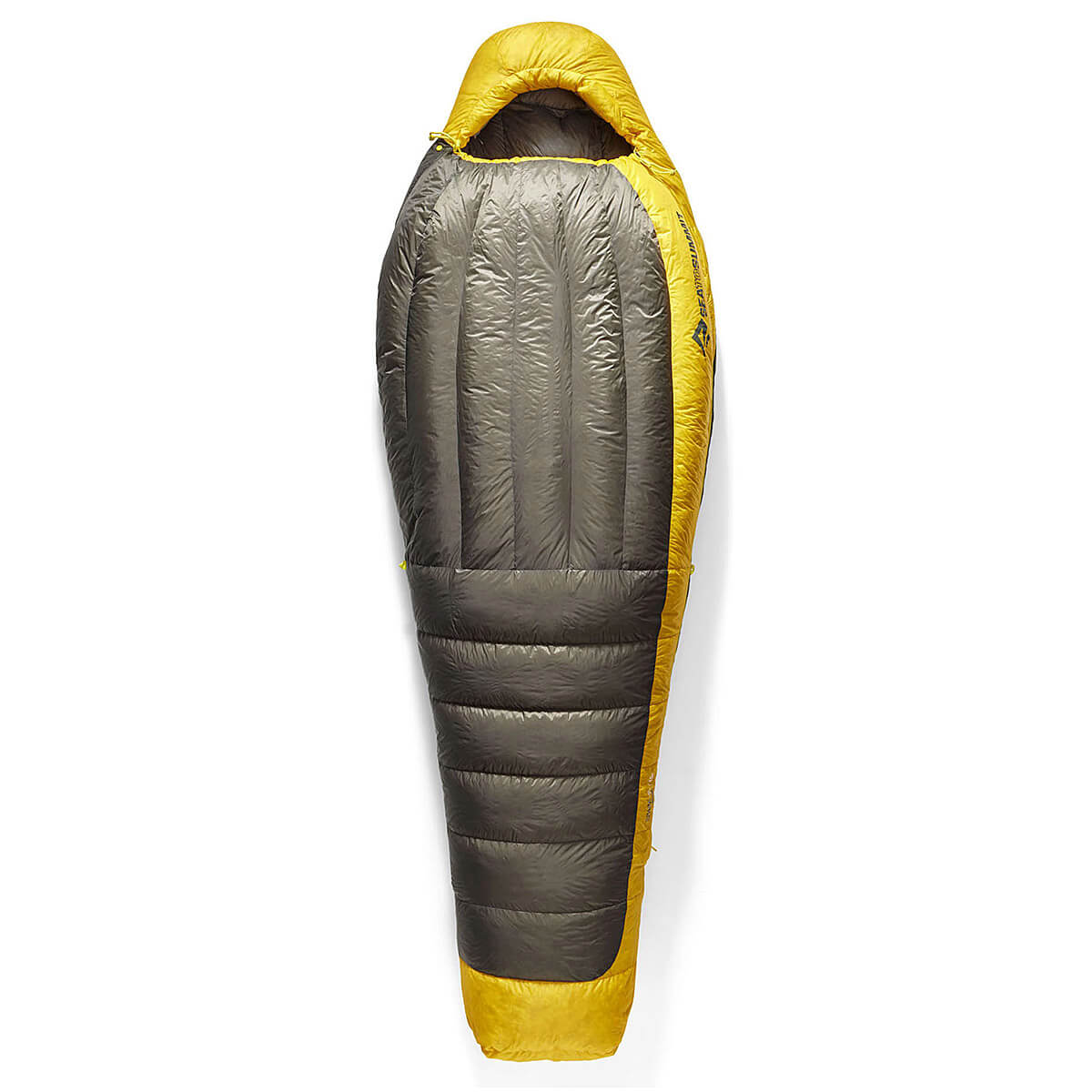
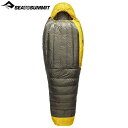



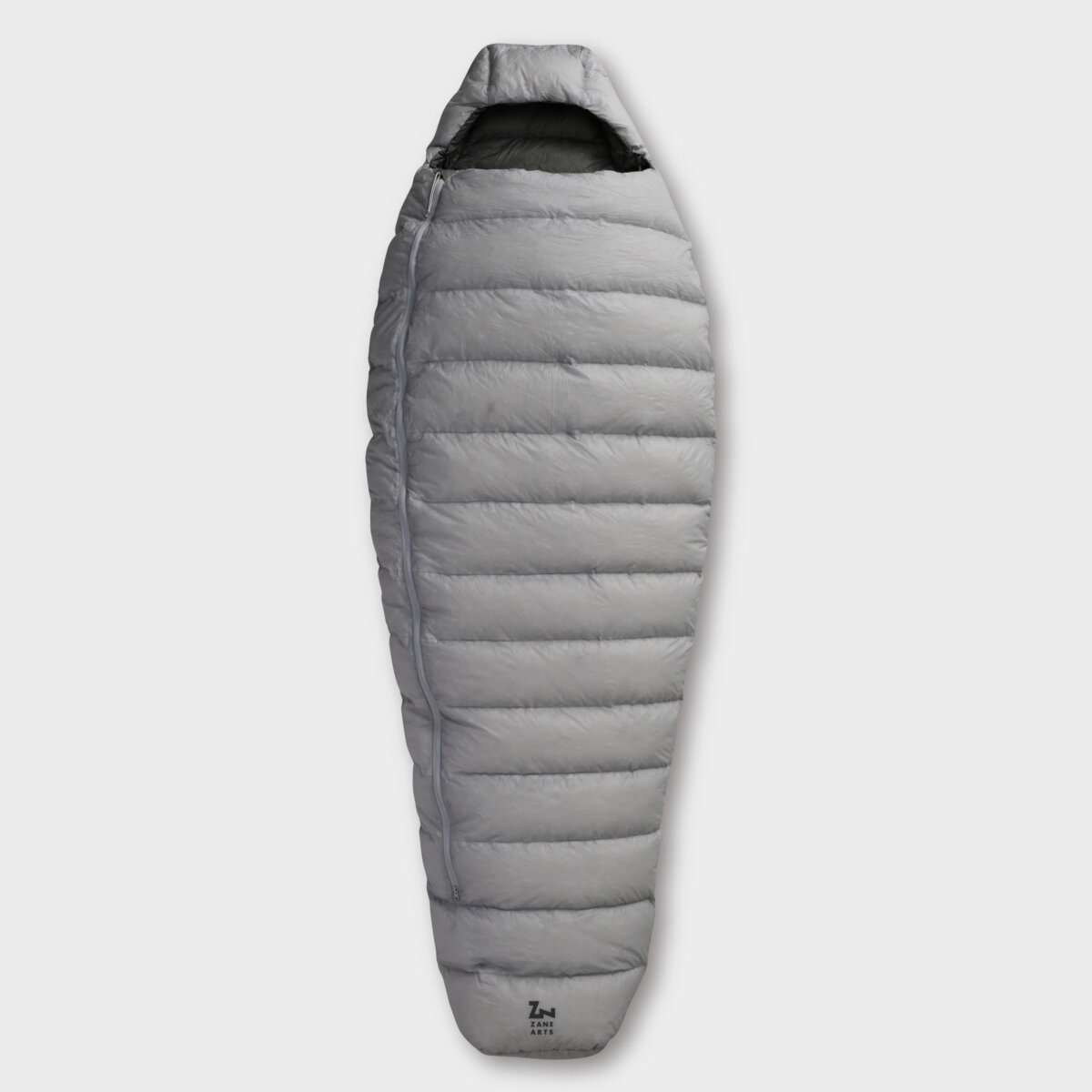
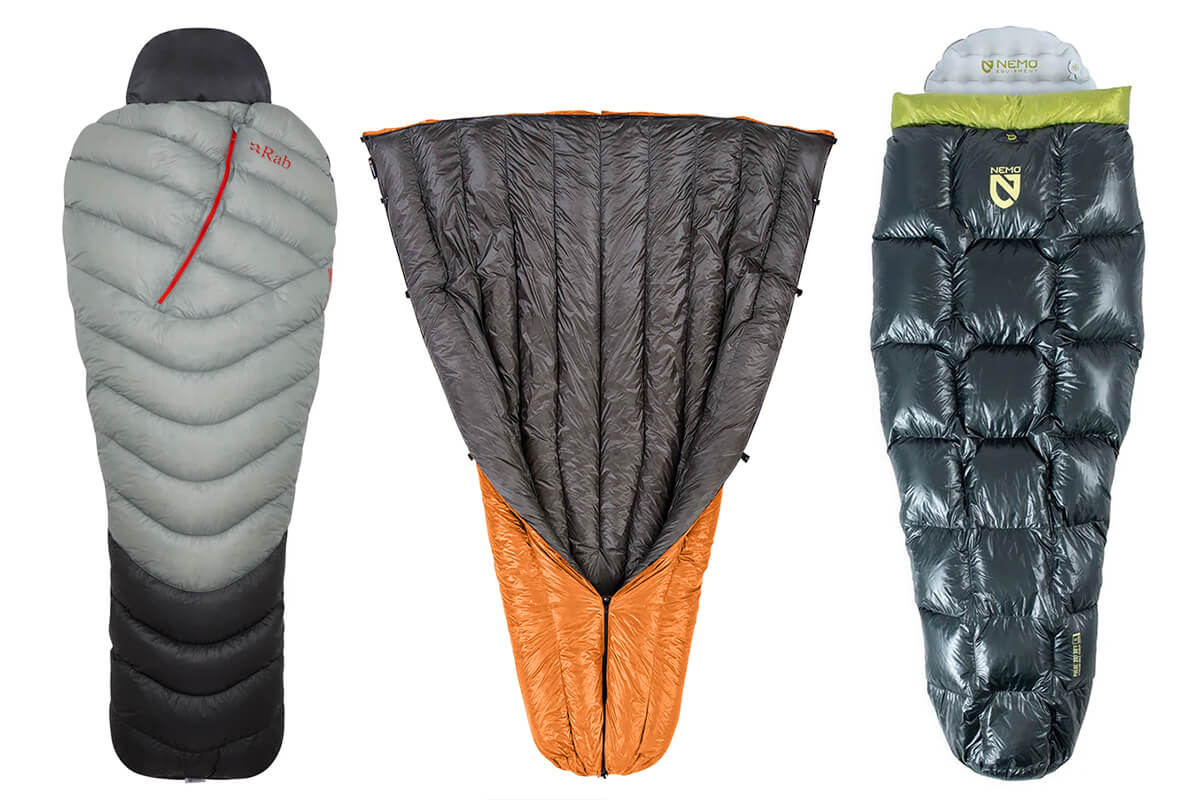


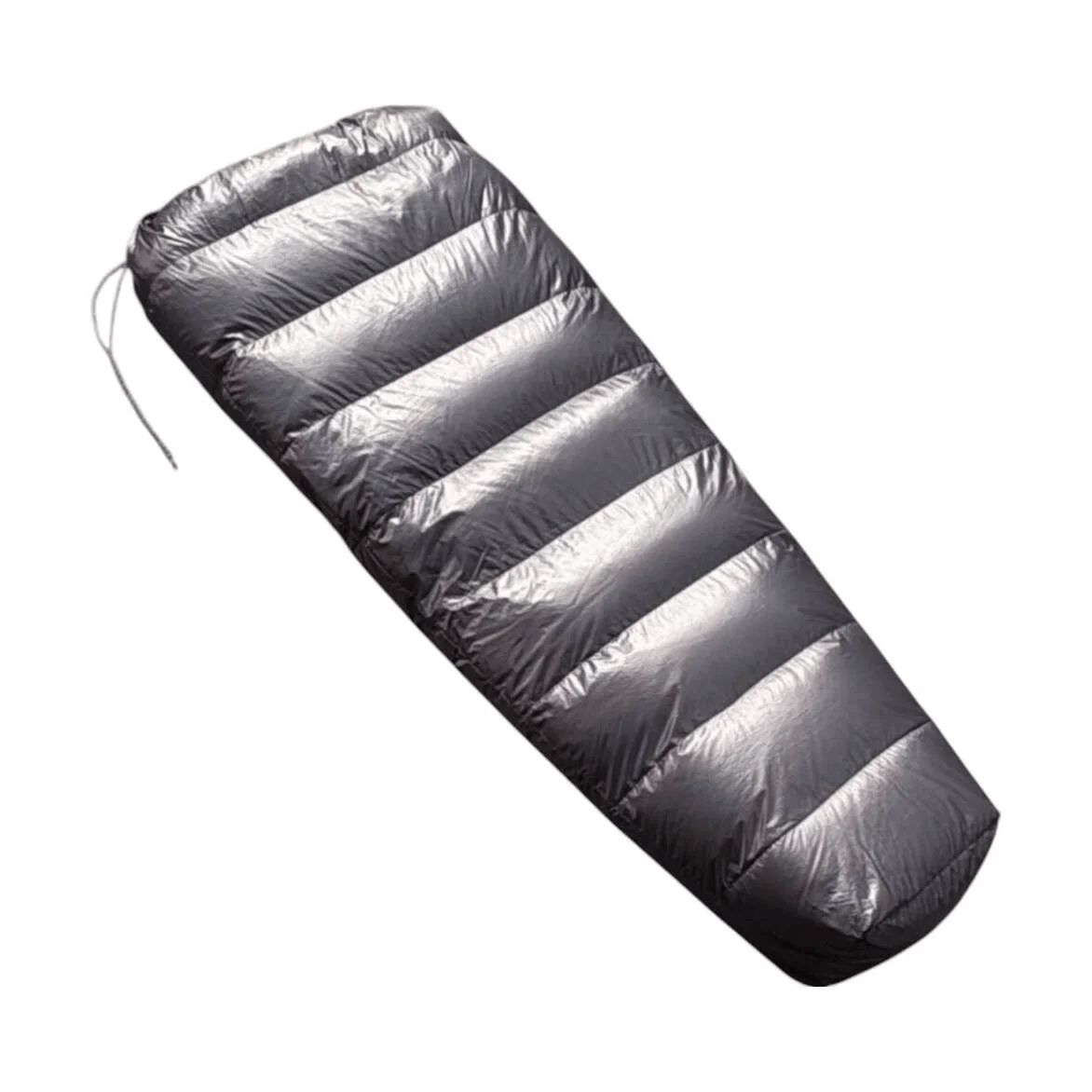
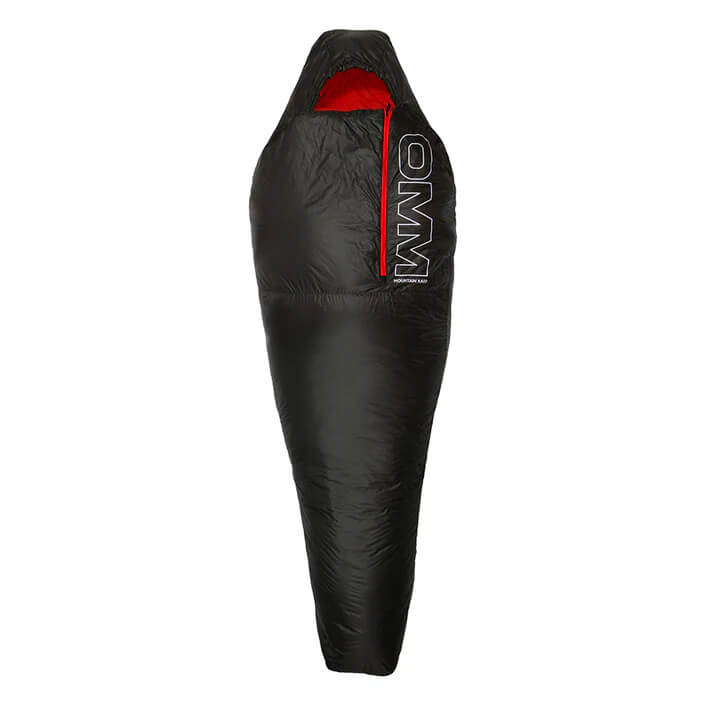
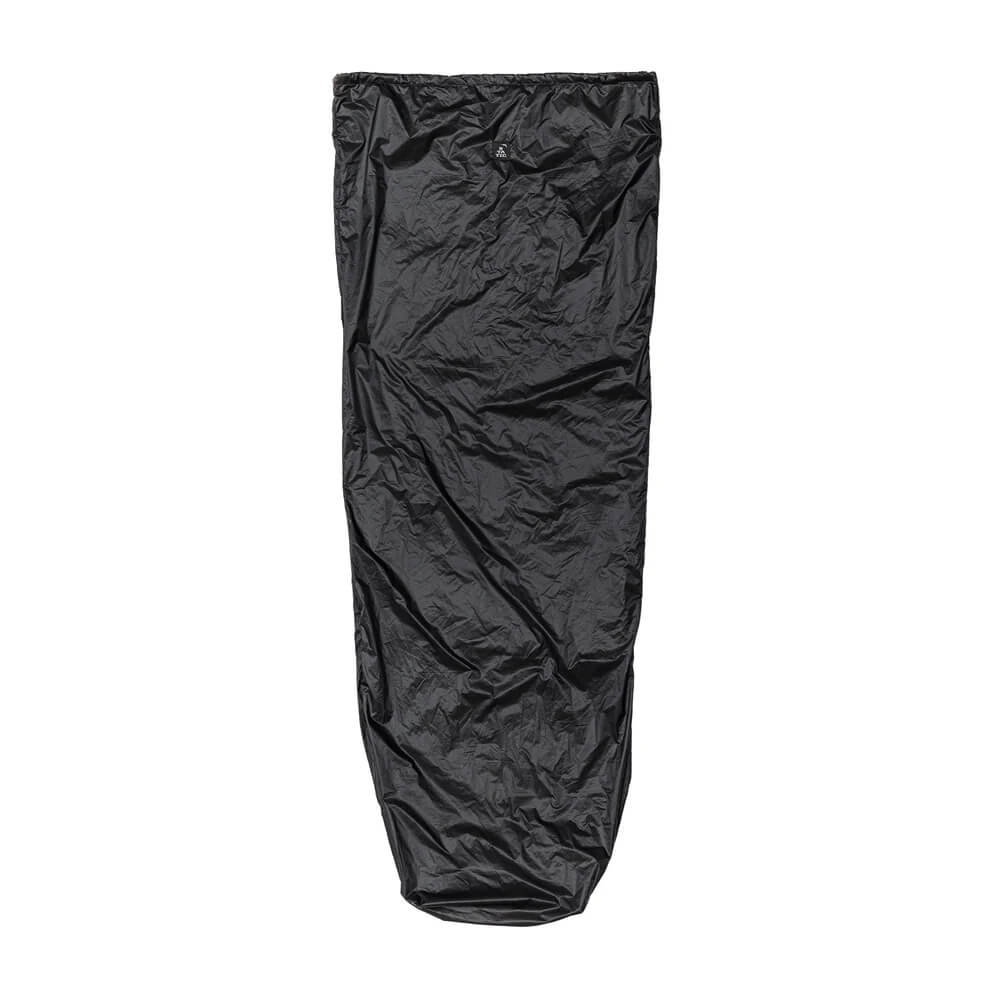

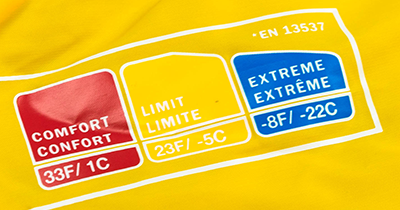
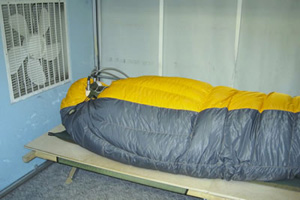
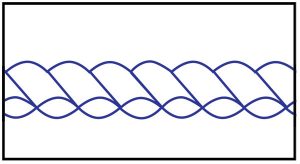
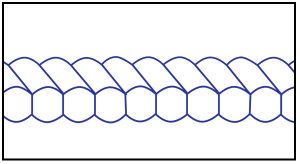
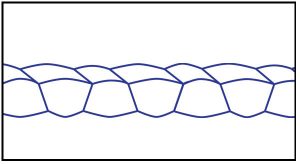
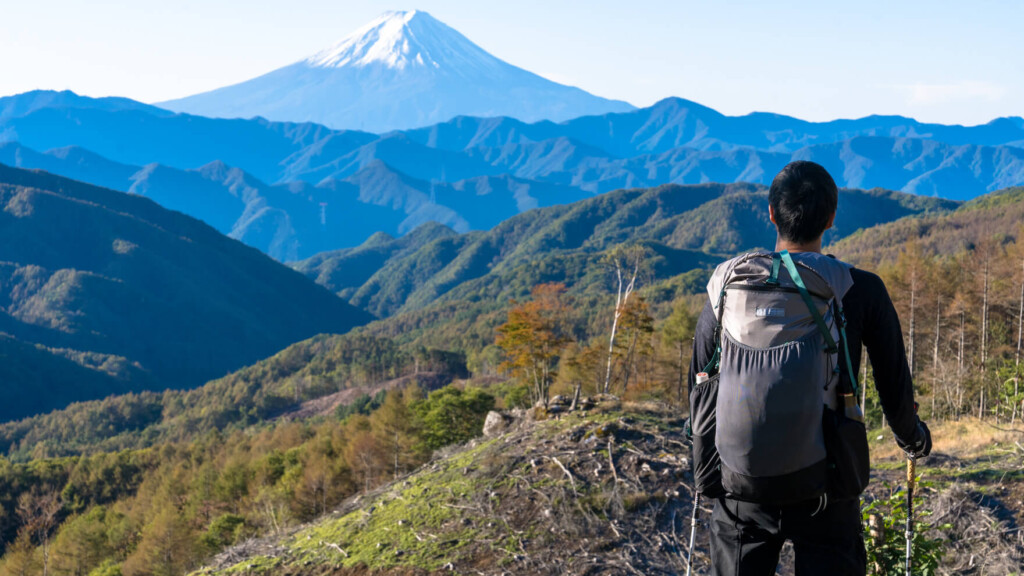 The best ultralight backpack model for those who want to enjoy the mountains freely, and tips for choosing one that won't regret
The best ultralight backpack model for those who want to enjoy the mountains freely, and tips for choosing one that won't regret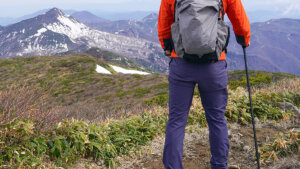 [2025FW] It looks easy but it's surprisingly difficult. The best trekking pants for autumn and winter and tips on how to choose them without regrets
[2025FW] It looks easy but it's surprisingly difficult. The best trekking pants for autumn and winter and tips on how to choose them without regrets "Nemo and everyone will start a tent hike" About camping items that can be experienced at the tent hike event in May
"Nemo and everyone will start a tent hike" About camping items that can be experienced at the tent hike event in May [Fall/Winter 2025] Down? Synthetic? Fleece? The key to comfortable layering is choosing the right material. The best mid-layers for mountaineering (cold weather gear) by type, and tips for choosing the right one.
[Fall/Winter 2025] Down? Synthetic? Fleece? The key to comfortable layering is choosing the right material. The best mid-layers for mountaineering (cold weather gear) by type, and tips for choosing the right one.